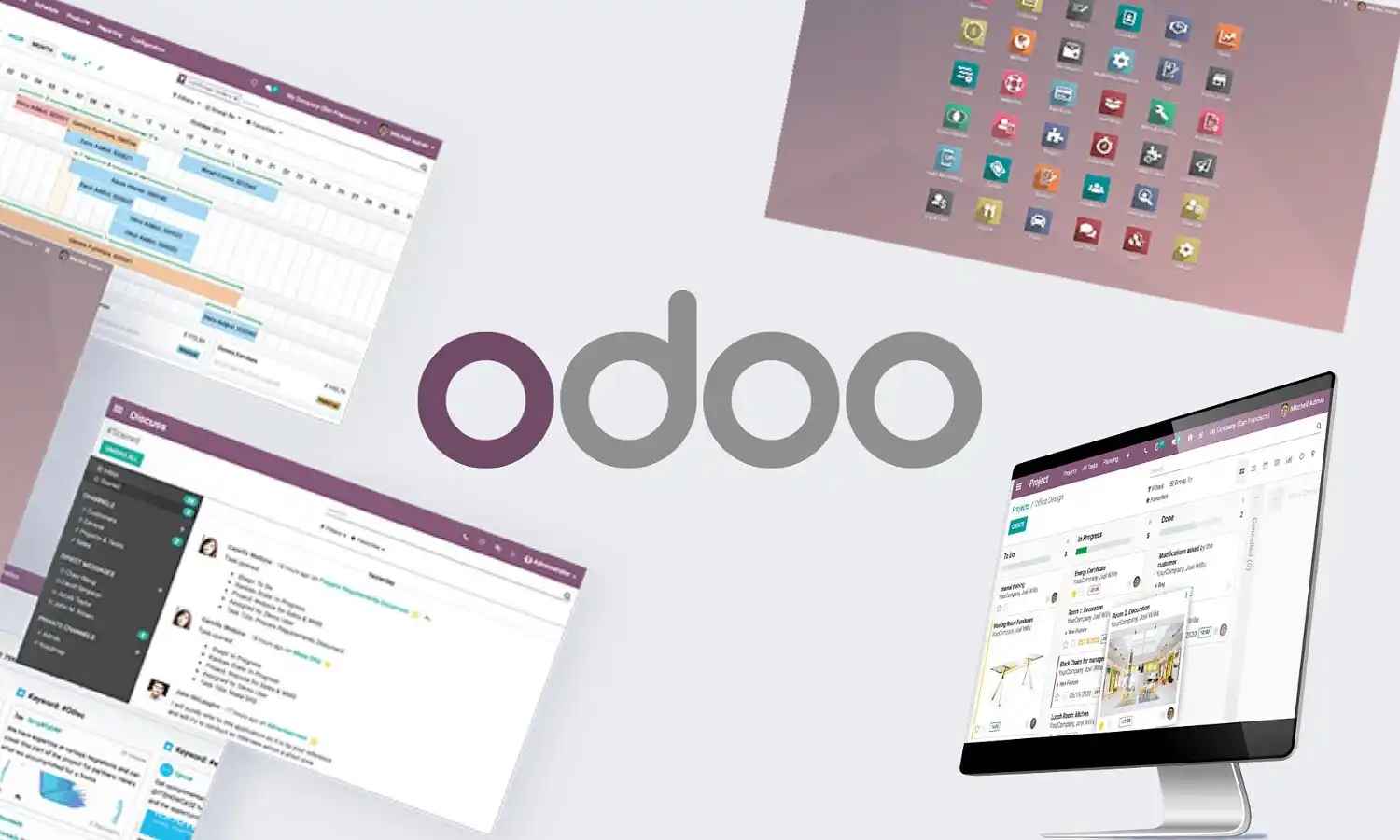What is Odoo and OpenERP A Complete Introduction
Updated on : 28 JULY 2025

Image Source: google.com
Table Of Contents
Introduction to Odoo / OpenERP

Image Source: google
Odoo is an all-in-one business application suite that includes modules for CRM, eCommerce, accounting, manufacturing, inventory, and project management. Initially launched as TinyERP, it was later renamed OpenERP, and finally rebranded as Odoo to reflect its broader capabilities.
Evolution from TinyERP to Odoo
| Stage | Name | Highlights |
|---|---|---|
| 2005 | TinyERP | Initial launch with core ERP features |
| 2008 | OpenERP | Expanded to include full ERP functionalities |
| 2014 | Odoo | Rebranded to support apps beyond ERP (like website, eCommerce) |
- Odoo's journey shows its commitment to continuous innovation and scalability.
Key Features of Odoo
| Key Features of Odoo |
|---|
| Modular design (install only what you need) |
| Intuitive and modern UI |
| Web-based and mobile-friendly |
| Open-source and customizable |
| Strong community and enterprise support |
Odoo Modules Overview
| Core Modules |
|---|
| Sales & CRM |
| Accounting & Finance |
| Inventory & Warehouse |
| Manufacturing (MRP) |
| Human Resources |
| Website & eCommerce |
| Project Management |
| Helpdesk & Customer Support |
- Each module integrates seamlessly, helping teams collaborate efficiently.

What is Odoo OpenERP and how can it benefit your business?
Odoo Community vs Enterprise
| Feature | Community | Enterprise |
|---|---|---|
| License | Open Source (LGPL) | Commercial (Paid) |
| Hosting | Self-hosted | Cloud or On-premise |
| Features | Basic ERP | Advanced tools (Studio, VOIP, BI) |
| Support | Community | Odoo SA / Partners |
- Choose the edition that fits your budget and business needs.
You Might Also Like
Odoo Architecture Explained
Odoo follows a modular, layered architecture using Python and PostgreSQL. Key layers include:
- Presentation Layer: Web client, mobile interface
- Business Logic Layer: Models and workflows in Python
- Data Layer: PostgreSQL database
- This flexible design makes customization easy and scalable.
Industries Using Odoo
Odoo is used in:
| Industry |
|---|
| Manufacturing |
| Retail & eCommerce |
| Services |
| Healthcare |
| Education |
| Wholesale & Distribution |
- Its adaptability and rich module ecosystem suit both SMBs and enterprises.
Benefits of Using Odoo
- Unified platform for all business functions
- Lower total cost of ownership compared to SAP/Oracle
- Open-source flexibility with commercial-grade support
- Quick deployment and user training
- Vast global ecosystem

Need help choosing between Community and Enterprise?
Limitations of Odoo
| Limitations of Odoo |
|---|
| Enterprise features can be costly |
| Steep learning curve for customization |
| Large-scale deployments may need expert implementation |
| Community edition lacks support and automation tools |
FAQs
Q1. What is the difference between Odoo and OpenERP?
A: OpenERP is the former name of Odoo. It was renamed in 2014 to reflect its expanded capabilities.
Q2. Is Odoo open source?
A: Yes, the Community Edition is open source. The Enterprise Edition includes paid features.
Q3. Can Odoo replace SAP or Oracle?
A: Yes, especially for small to mid-sized companies. Odoo is feature-rich, modular, and cost-effective.
Q4. How customizable is Odoo?
A: Very customizable. Developers can build or extend modules using Python and XML.
Q5. Does Odoo support Indian GST and localization?
A: Yes. Odoo has specific modules and localizations for India’s GST and accounting rules.






